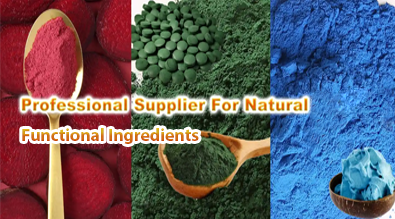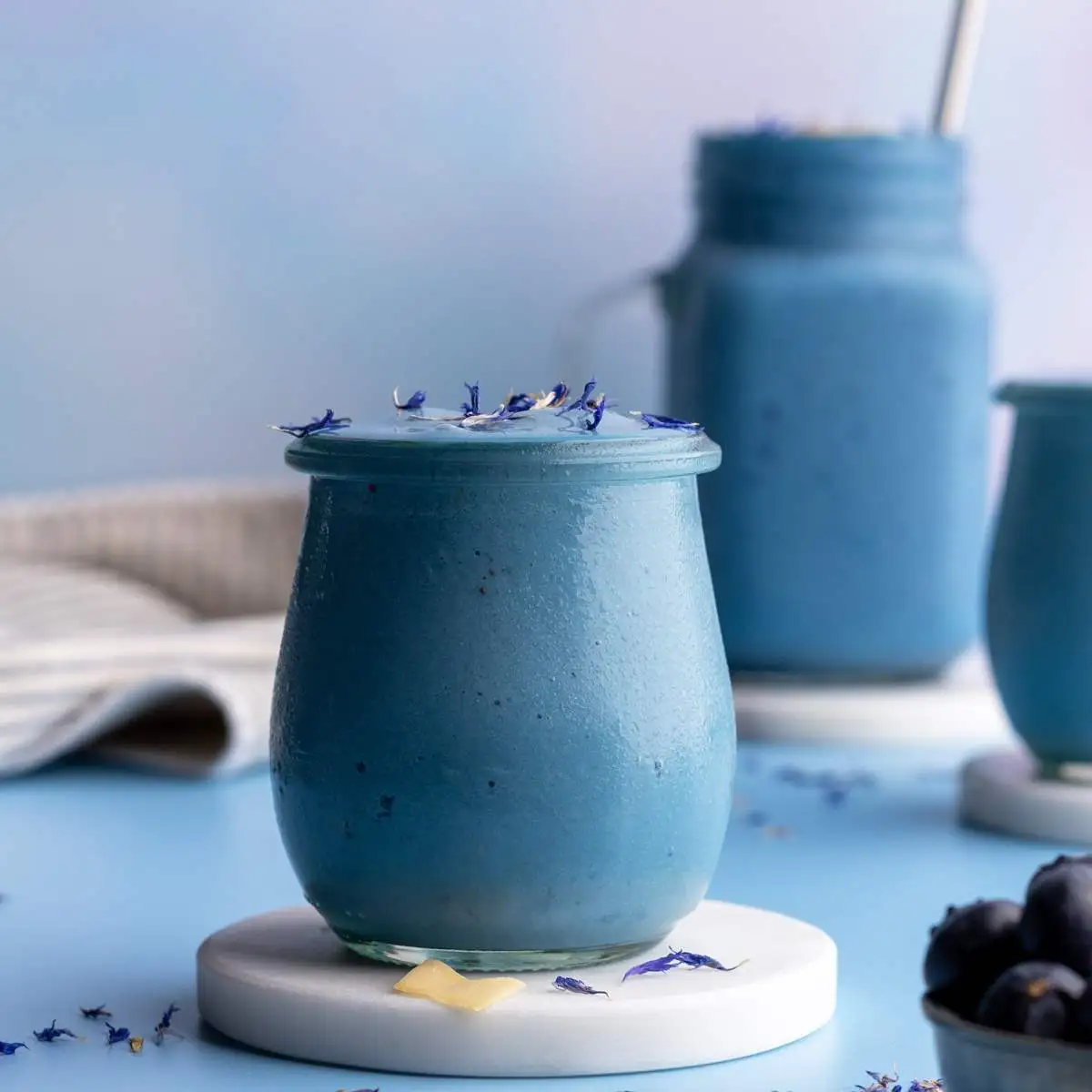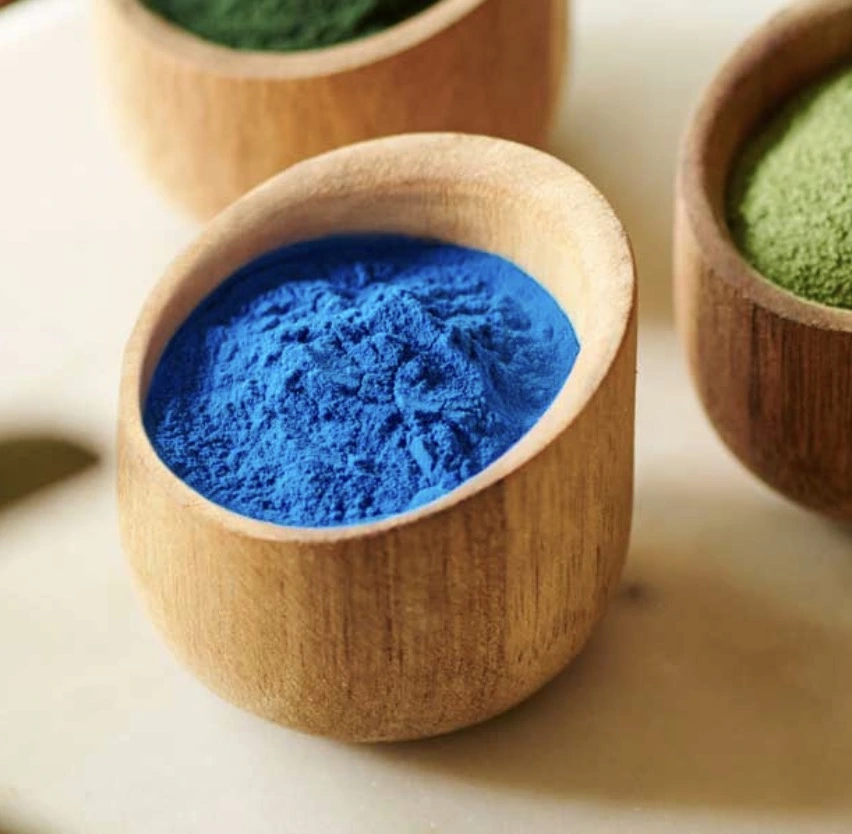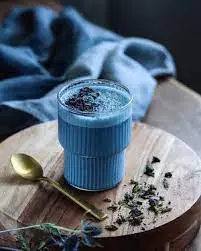What Are the Benefits of E163(ii) Red Grape Skin Powder?
Red grape skin powder, also known as E163(ii), is a natural food coloring and additive derived from the skins of red grapes. This vibrant powder has gained popularity in the food and beverage industry due to its numerous benefits and versatile applications. In this article, we'll explore the advantages of using red grape skin powder E163(ii), its uses in various products, and address some common questions about its safety and efficacy.

How Red Grape Skin Powder Boosts Antioxidant Intake?
One of the most significant benefits of E163(ii) red grape skin powder is its high antioxidant content. Antioxidants are compounds that help protect our cells from damage caused by free radicals, which are unstable molecules that can lead to oxidative stress and various health issues.
Rich in Polyphenols
Red grape skin powder is particularly abundant in polyphenols, a class of antioxidants known for their potent health-promoting properties. These compounds have been associated with numerous health benefits, including:
- Reducing inflammation
- Supporting heart health
- Improving cognitive function
- Enhancing skin health
- Aiding in weight management
Resveratrol: A Powerful Antioxidant
Among the polyphenols found in red grape skin powder E163(ii), resveratrol stands out as a particularly potent antioxidant. This compound has been the subject of extensive research due to its potential health benefits, including:
- Cardiovascular protection
- Anti-aging properties
- Cancer-fighting potential
- Neuroprotective effects
Anthocyanins: Natural Colorants with Health Benefits
E163(ii) red grape skin powder owes its vibrant color to anthocyanins, a group of flavonoid pigments. These compounds not only provide natural coloring properties but also offer additional health benefits, such as:
- Improved vision health
- Enhanced immune function
- Potential anti-diabetic effects
- Protection against certain types of cancer

Top Uses of E163(ii) in Food and Beverage Products
The versatility of red grape skin powder makes it a popular choice for various applications in the food and beverage industry. Here are some of the top uses of E163(ii):
Natural Food Coloring
As a natural alternative to synthetic food dyes, E163(ii) is increasingly used to impart attractive red, purple, and pink hues to a wide range of products, including:
- Beverages (juices, smoothies, and energy drinks)
- Dairy products (yogurt, ice cream, and flavored milk)
- Confectionery (candies, gummies, and chocolates)
- Baked goods (cakes, pastries, and cookies)
- Sauces and dressings
Functional Food Ingredient
Beyond its coloring properties, E163(ii) is also utilized as a functional ingredient in various health-focused products due to its antioxidant content. Some examples include:
- Dietary supplements
- Fortified foods and beverages
- Sports nutrition products
- Nutraceuticals
Clean Label Solutions
With the growing consumer demand for clean label products, red grape skin powder E163(ii) offers manufacturers a natural alternative to artificial additives. It allows companies to create products that appeal to health-conscious consumers while maintaining attractive colors and flavors.
Flavor Enhancement
In addition to its coloring properties, red grape skin powder can contribute subtle fruity notes to certain products, enhancing their overall flavor profile. This makes it a valuable ingredient in:
- Fruit-flavored beverages
- Wine-inspired non-alcoholic drinks
- Desserts and baked goods
- Savory sauces and marinades

Is E163(ii) Safe? Red Grape Skin Powder FAQs
As with any food additive, consumers often have questions about the safety and efficacy of E163(ii) red grape skin powder. Let's address some of the most common inquiries:
Is E163(ii) Safe for Consumption?
Yes, E163(ii) red grape skin powder is generally recognized as safe (GRAS) by regulatory bodies such as the FDA and EFSA. It is a natural extract derived from edible grape skins and has been used in food products for many years without significant safety concerns.
Are There Any Known Side Effects?
While E163(ii) is considered safe for most people, some individuals may experience mild allergic reactions, particularly those with grape allergies. It's always advisable to consult with a healthcare professional if you have any concerns about consuming products containing red grape skin powder.
Can E163(ii) Be Used in Organic Products?
Yes, red grape skin powder E163(ii) can be used in organic products, provided it is derived from organically grown grapes and processed according to organic standards. Many organic food manufacturers utilize this natural colorant in their products.
How Does E163(ii) Compare to Synthetic Food Colorants?
Compared to synthetic food colorants, E163(ii) offers several advantages:
- Natural origin
- Additional health benefits due to antioxidant content
- Clean label appeal
- Better consumer perception
However, synthetic colorants may offer more stability and consistency in certain applications.
Is E163(ii) Suitable for Vegan and Vegetarian Diets?
Yes, E163(ii) red grape skin powder is plant-based and suitable for both vegan and vegetarian diets. It's a popular choice for manufacturers looking to create plant-based products with natural coloring.
Conclusion
E163(ii) red grape skin powder offers a myriad of benefits for both consumers and food manufacturers. From its potent antioxidant properties to its versatile applications in food and beverage products, this natural ingredient continues to gain popularity in the industry. As consumers increasingly seek clean label, natural products, E163(ii) stands out as a valuable solution for creating visually appealing and healthful foods and beverages.
If you're interested in learning more about red grape skin powder E163(ii) or other natural plant extracts for your products, don't hesitate to reach out to our team of experts at Yangge Biotech Co., Ltd. Contact us at info@yanggebiotech.com for innovative, high-quality raw material solutions tailored to your needs.
References
1. Smith, J. et al. (2020). "Antioxidant Properties of Red Grape Skin Extract: A Comprehensive Review." Journal of Functional Foods.
2. Johnson, M. and Brown, K. (2019). "Applications of Natural Food Colorants in the Food Industry." Food Technology and Biotechnology.
3. Garcia-Alonso, M. et al. (2021). "Health Benefits of Anthocyanins from Red Grape Skin: Current Evidence and Future Perspectives." Nutrients.
4. Williams, R. and Thompson, L. (2018). "Safety Assessment of E163(ii) Red Grape Skin Extract as a Food Additive." Food and Chemical Toxicology.
5. Chen, Y. et al. (2022). "Consumer Perceptions and Preferences for Natural Food Colorants: A Global Market Analysis." International Journal of Food Science and Technology.

Based on your location and order quantity, you will have the opportunity to receive a limited time free shipping promotion!

Who we are


